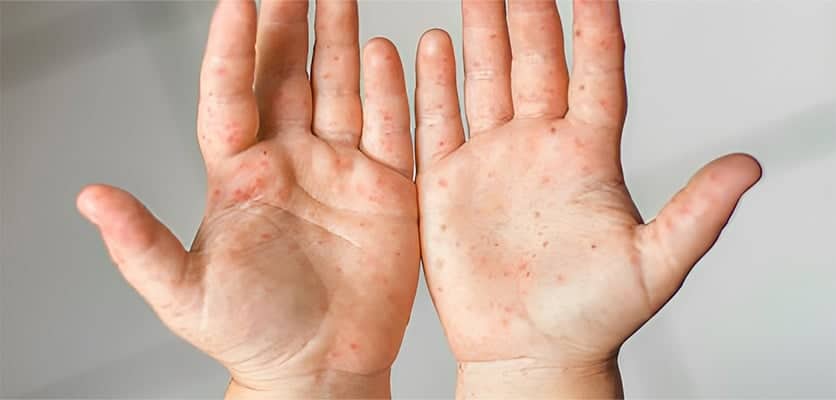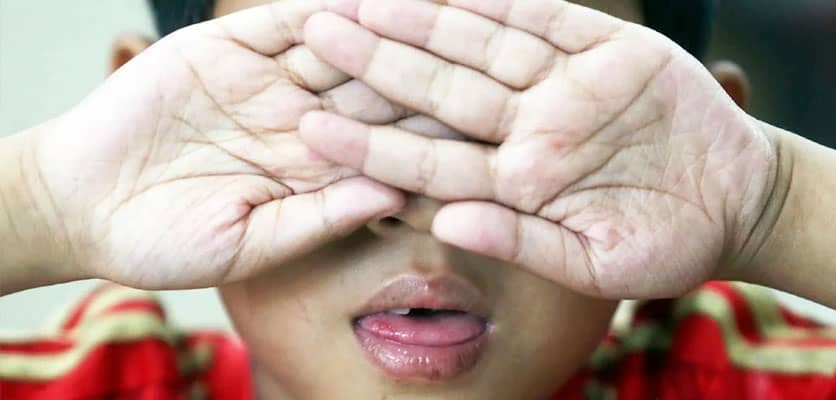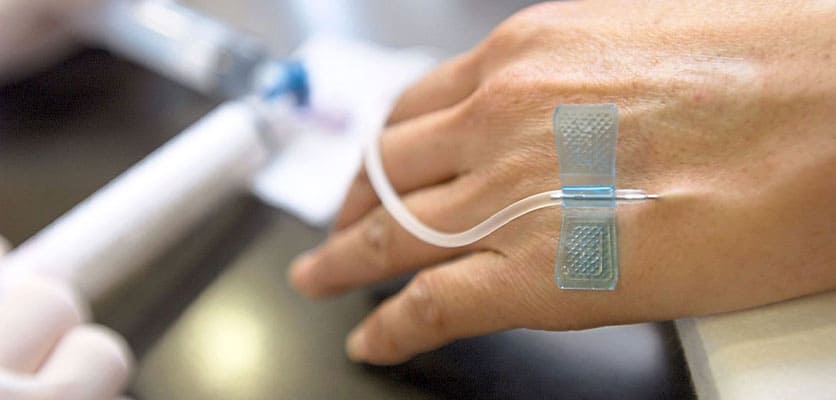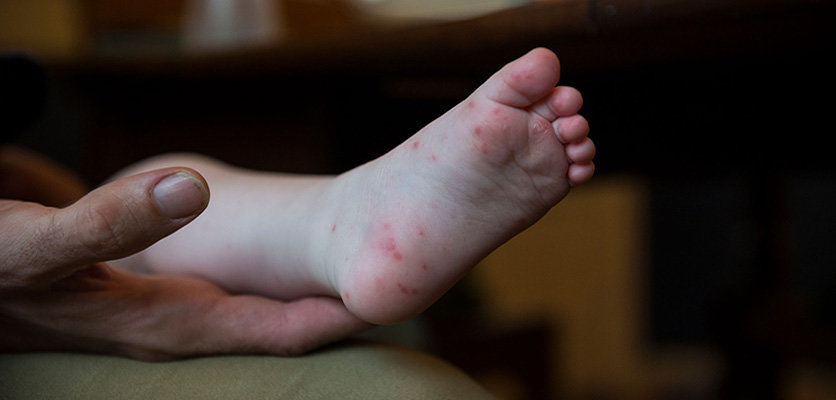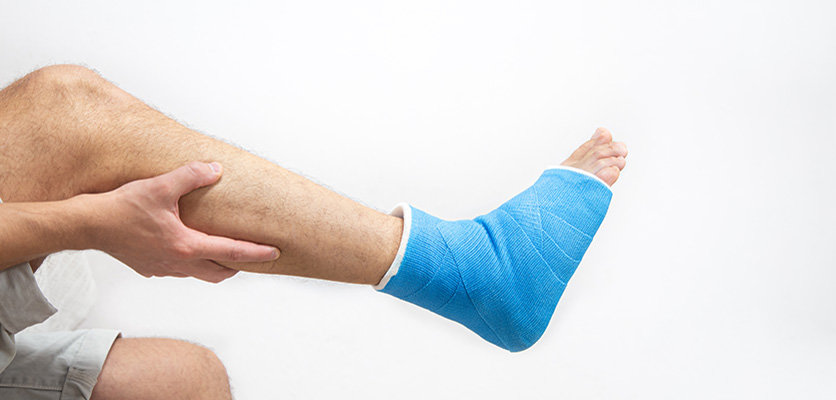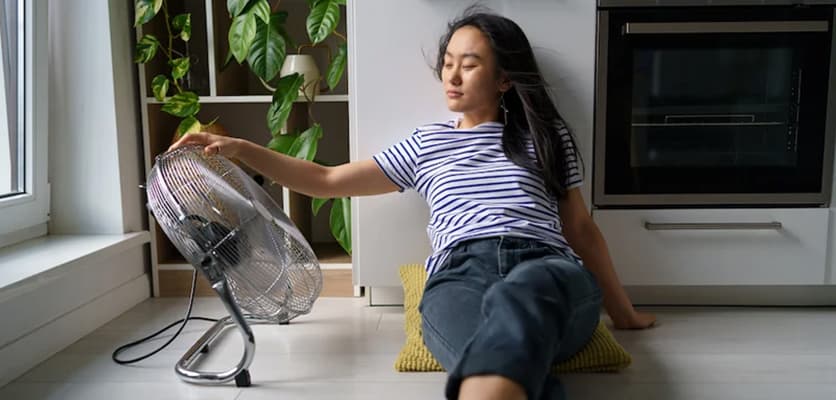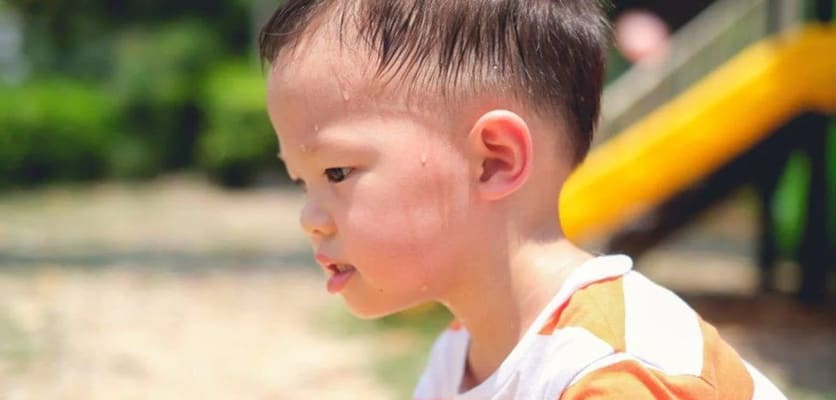Umumnya setiap orang pernah mengalami sakit perut, bezanya mungkin simptom yang dialami tidak sama.
Continue reading5岁以下孩童为手足口症高风险群
我也记不清这是最近碰到的第几宗手足口症案例了。根据卫生部至5月中旬的统计,全国共有9822宗手足口症,虽然不比去年此刻大暴发时来得高,但也不能掉以轻心。
Continue readingFacts About Flu
Influenza is an airborne infection that occurs especially in crowded and enclosed spaces.
Continue readingUsah Panik Dengan HFMD
Penyakit tangan kaki dan mulut (HFMD) mungkin nampak teruk dengan lepuh sana sini tetapi sebenarnya ia adalah penyakit yang tidak serius.
Continue readingWhat To Do After A Cancer Diagnosis
In the case of a cancer patient, ignorance is not bliss. Awareness of this disease can make all the difference between feeling despair and feeling…
Continue readingFAQ: Pakar Pediatrik Jawab Soalan Lazim Tanda HFMD & Tip Penjagaan Anak
Penyakit tangan kaki dan mulut (HFMD) adalah jangkitan virus ringan dan mudah berjangkit yang biasa berlaku pada kanak-kanak kecil.
Continue readingMusculoskeletal Injuries in Adults and Children
Musculoskeletal injuries are common injuries that may occur everyday. Certain injuries are more common in certain age groups. This might be due to differences in the anatomy, physiology and the activities of people in this age groups.
Continue readingWhat To Do if Someone Experiences Heatstroke
As parts of the world continue to experience very hot weather, here’s more crucial information about this potentially life-threatening condition.
Continue readingOvulasi Dan Keturunan – Dua Faktor Yang Jadi Penyebab Utama Risiko Kanser Ovari
Pada tahun 2018, seorang wanita di Connecticut, Amerika Syarikat, dibedah untuk mengeluarkan ketumbuhan seberat 60 kg dari ovarinya! Sebelum pembedahan, simptomnya cuma peningkatan berat badan yang mendadak.
Continue readingPantau Anak Musim Panas
Terperangkap dalam ruang yang tertutup dan terdedah kepada suhu atau haba persekitaran yang tinggi sangat merbahaya kepada golongan berisiko seperti kanak-kanak berusia lima tahun ke bawah serta warga emas berusia 50 tahun ke atas.
Continue reading


